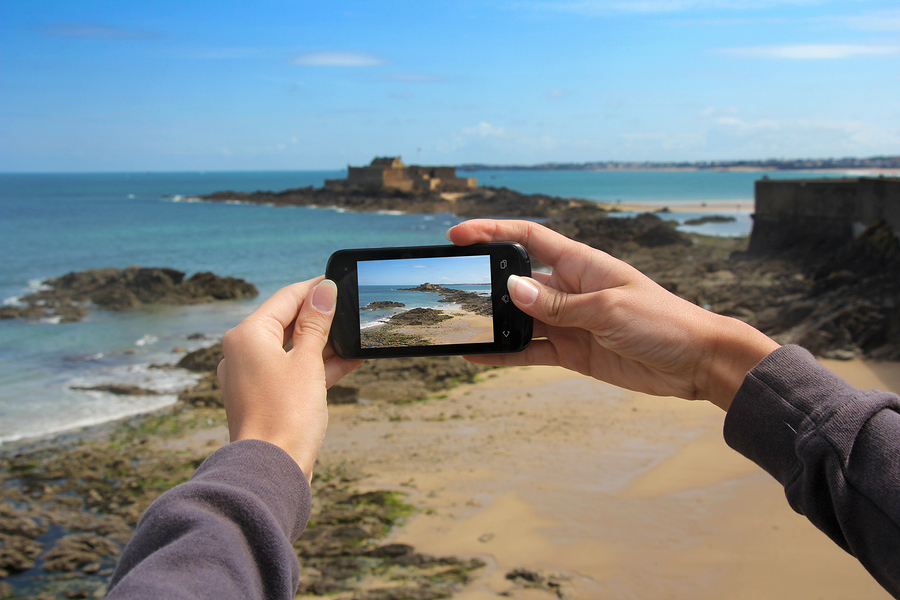A Beginner’s Guide to Camera Phone Photography
REMEMBER the days when we carried our MP3 players, cameras, and cell phones all in different pockets? Those days are now long gone – any smartphone owner can listen to music, text, and take great photographs. Zanardy Annuar shares some tips on how we can make the most of our camera phones.
Avoid Direct Sunlight
So picture this (pun intended), you’re taking a picture of a subject with a beautiful backdrop, but the glare casts a shadow over the subject and you’re left with a dark, overexposed around the edges, faceless image. Unless you’re planning to do a silhouette image, it is generally a better idea to avoid direct sunlight to have your subjects cooler and more attractively lit.
One of the best situations to photograph people outdoors is during an overcast day as it has the best lighting for that situation. However, if it is a sunny day then have your subjects stand in the brightest area of the shade.
Stabilise Your Phone
Here’s the general idea with digital photography in general: the steadier the camera is when you’re shooting, the clearer the image. This is especially in low light situations where the camera will automatically select a longer shutter speed to capture more light. A trick that you would be able to employ is to lean the camera against a solid object when shooting.
Another side note to be weary of is ‘shutter lag’ (the time between when you press the shutter and the camera takes the shot). Basically, this means that you need to hold the camera steady a little longer to ensure that it doesn’t a shot while you’re moving from the subject.
Use Filters
For professional photographers, filters are essential tools that will be brought around to every shoot. They are primarily used to manipulate the intensity and the colour within the light. Unfortunately, one cannot screw or clip a filter to your camera phone but what you can do is download apps that can add filters to your image.
The general practice is that after you take a photo, you add a filter in post-production. I would say the most popular app that comes to mind as it relates to phone photography would be Instagram but if you’re looking to beautify your pictures without having to post them online then you can use apps such as Photoshop Express, Afterlight, CrossProcess or Vscocam.
Use High Resolution
It goes without saying that the higher the resolution, the better the image quality. So if you don’t mind sacrificing some memory for a better, sharper picture, use the highest resolution available. An important factor to bear in mind when applying these settings is that sending or uploading high resolution pictures will take longer.
Avoid Digital Zoom
When shooting an image using a camera on your phone, it is important to note that if you can help it, avoid using digital zoom as it will decrease the quality of your shot and you’ll end up with a more pixelated shot. If need be, you are better off physically moving the camera closer to the subject.
Do you have other great tips for phone photography? Share with us in the comments box below!

